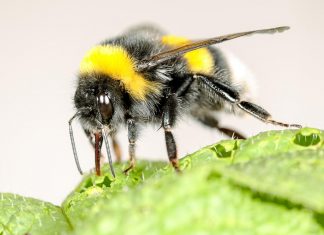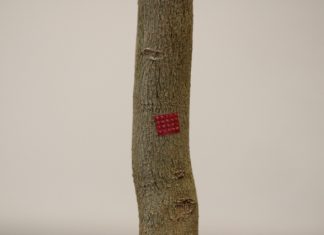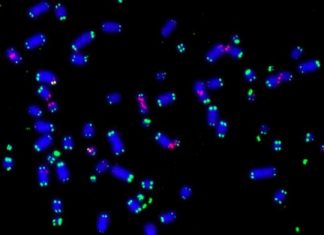Study: Bumblebees speed up flowering
Spring has sprung earlier than ever before this year, accompanied by temperatures more typical of early summertime. Many plants were already in full bloom...
Study: Breastfeeding is recommended during pandemic
Breastfeeding sets babies up for good health across the lifespan. However, the COVID-19 pandemic is causing health-care providers to change the way they support...
Study: New Zealand blue whale distribution patterns tied to ocean conditions, prey availability
Oregon State University researchers who recently discovered a population of blue whales in New Zealand are learning more about the links between the whales,...
Scientists establish new timeline for ancient magnetic field on Mars
Mars had a global magnetic field much earlier—and much later—in the planet’s history than scientists have previously known.
A planet’s global magnetic field arises from...
Study: Ozone Treaty Stopped Jet-Stream Drift in Southern Hemisphere
More than ten years ago, climate scientist Lorenzo Polvani and his then postdoctoral fellow Seok-woo Son led a study that found the closing of...
Researchers develop precision injection system for plants
While the human world is reeling from one pandemic, there are several ongoing epidemics that affect crops and put global food production at risk....
Study: ALMA spots twinkling heart of milky way
Astronomers using the Atacama Large Millimeter/submillimeter Array (ALMA) found quasi-periodic flickers in millimeter-waves from the center of the Milky Way, Sagittarius (Sgr) A*. The...
Study: Summer forage capabilities of tepary bean and guar in the southern great plains
Perennial warm-season grasses do not provide high-quality forage during mid to late-summer, which limits yearling stocker cattle from maintaining high rates of growth in...
Study: Genetic origins of hybrid dysfunction
In a small pool nestled between two waterfalls in Hidalgo, Mexico, lives a population of hybrid fish - the result of many generations of...
Scientists find protein that helps cancer cells to survive
In a new study, researchers from the University of Copenhagen have discovered two important functions of a protein called RTEL1 during cell division. The...











